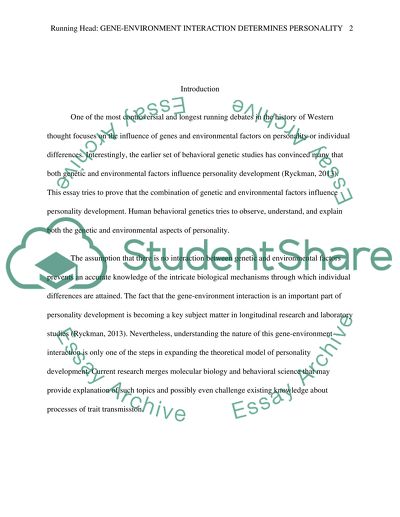Cite this document
(“Genetic factors and environmental factors determines personality Essay”, n.d.)
Retrieved from https://studentshare.org/psychology/1479796-genetic-factors-and-environmental-factors
Retrieved from https://studentshare.org/psychology/1479796-genetic-factors-and-environmental-factors
(Genetic Factors and Environmental Factors Determines Personality Essay)
https://studentshare.org/psychology/1479796-genetic-factors-and-environmental-factors.
https://studentshare.org/psychology/1479796-genetic-factors-and-environmental-factors.
“Genetic Factors and Environmental Factors Determines Personality Essay”, n.d. https://studentshare.org/psychology/1479796-genetic-factors-and-environmental-factors.


